Head and Neck Cancer Facts & Symptoms
Head and neck cancers account for approximately 4% of all cancers in the United States. These cancers are more than twice as common among men as they are women. Head and neck cancers are also diagnosed more often among people over age 50 than they are younger people.
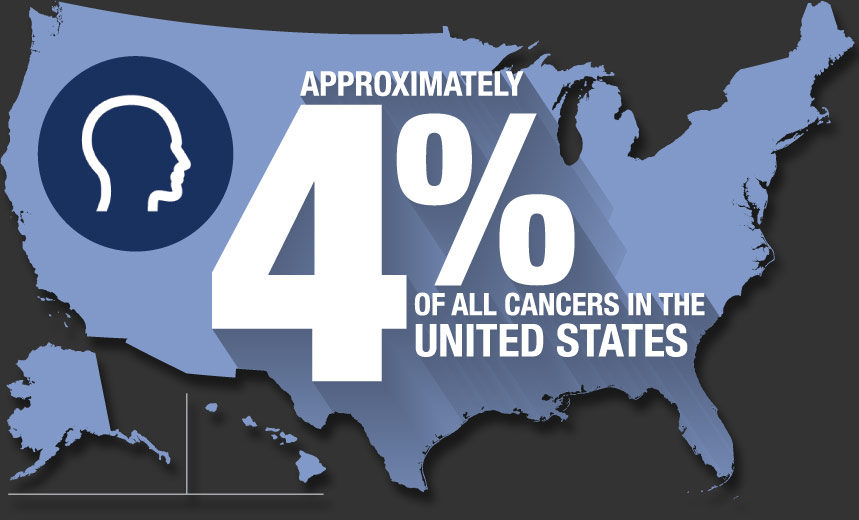
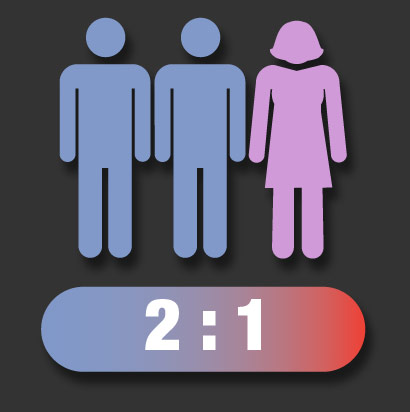
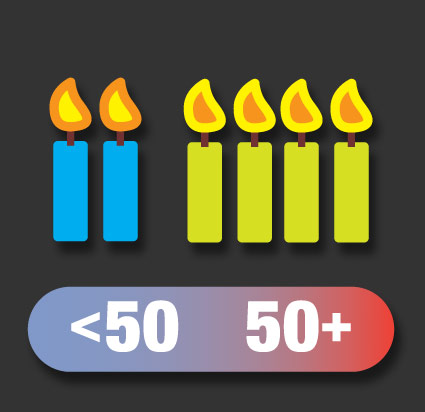
Researchers estimated that more than 65,630 men and women in this country would be diagnosed with head and neck cancers in 2020.
Brain & Nervous System
Whether tumors are benign or malignant, both need treatment due to the risk of growing and pressing on the brain. A tumor that starts in another part of the body and spreads to the brain is a “metastatic brain tumor.”
Brain and nervous system cancers make up 1.3% of all new U.S. cancer cases
- In 2020, an approximate 23,890 people will be diagnosed with a brain or nervous system cancer
- An estimated 18,020 people will die from such cancers
- Slightly more common in men than women and people that have certain genetic syndromes
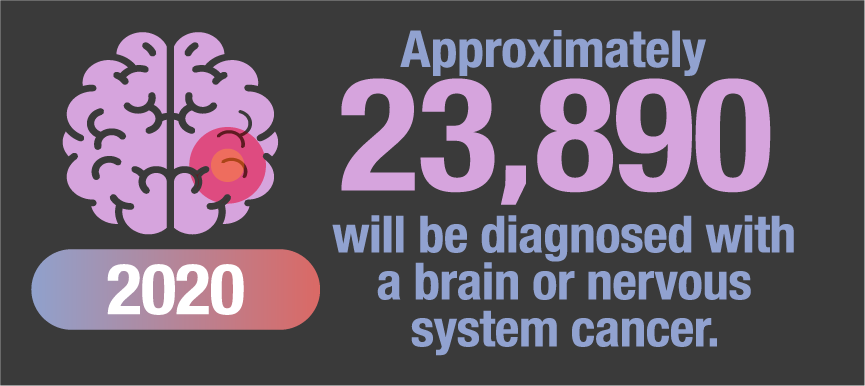
Oral Cavity & Larynx
Oral cavity cancer starts in the mouth and laryngeal cancer in the voicebox.
- Laryngeal cancer often begins in squamous cells, cells that line the moist surfaces inside the larynx
- HPV and tobacco/alcohol use can increase the risk
- Signs and symptoms of laryngeal cancer are a sore throat, pain in the ears, trouble or pain while swallowing, lump in the neck/throat, hoarseness or a change in voice
- Signs and symptoms of oral cavity cancer include a sore on the lip or in the mouth that doesn’t heal, lump or thickening of lips/gums/mouth, white/red patch on gums/tongue/mouth lining, loose teeth, dentures that no longer fit right, bleeding/pain/numbness in lips or mouth, change in voice, swelling of jaw, sore throat, feelings of something caught in throat
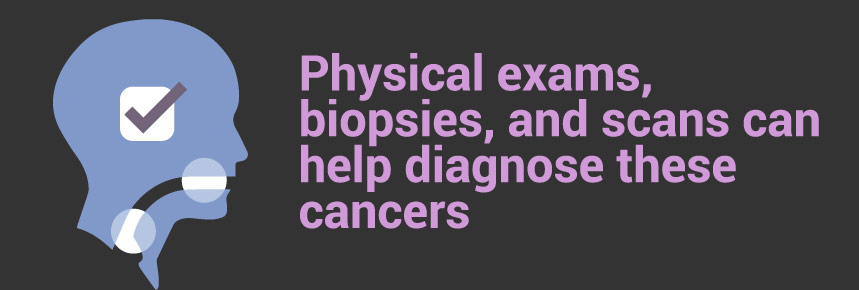
Thyroid
The main types of thyroid cancers are found in differentiated, medullary, and anaplastic tumors. Some people have no symptoms. Others may notice a lump in the neck (see below for common signs). Treatments, which are usually successful, include surgery, hormone therapy, radioactive iodine, radiation, and in some cases chemotherapy.
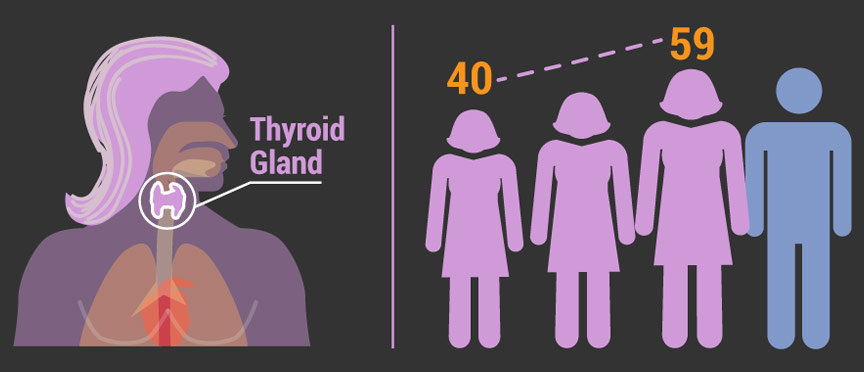
Thyroid cancer occurs in women about 3 times more than in men. Thyroid cancer can occur at any age, but women are often diagnosed in their 40s to 50s, while men are often diagnosed in their 60s or 70s. About 2% of thyroid cancers occur in children and teenagers.
Thyroid cancer is linked with a number of inherited conditions, but the exact cause of thyroid cancer has not been determined. However, radiation exposure, especially during childhood, is a risk factor.
Common signs and symptoms include:
- A lump in the neck
- Swelling of the neck
- Pain in front of the neck and ears
- Hoarseness/voice changes
- Trouble breathing and/or swallowing
- A constant cough
Thyroid cancer is diagnosed through physical exams, biopsies, imaging tests, blood tests, and vocal cord exams
How can I reduce my risk of developing head and neck cancers?
People who are at risk of head and neck cancers―particularly those who use tobacco―should talk with their doctor about ways that they may be able to reduce their risk. They should also discuss with their doctor how often to have checkups. In addition, ongoing clinical trials are testing the effectiveness of various medications in preventing head and neck cancers in people who have a high risk of developing these diseases.
Want Alerts and
Helpful Information?

